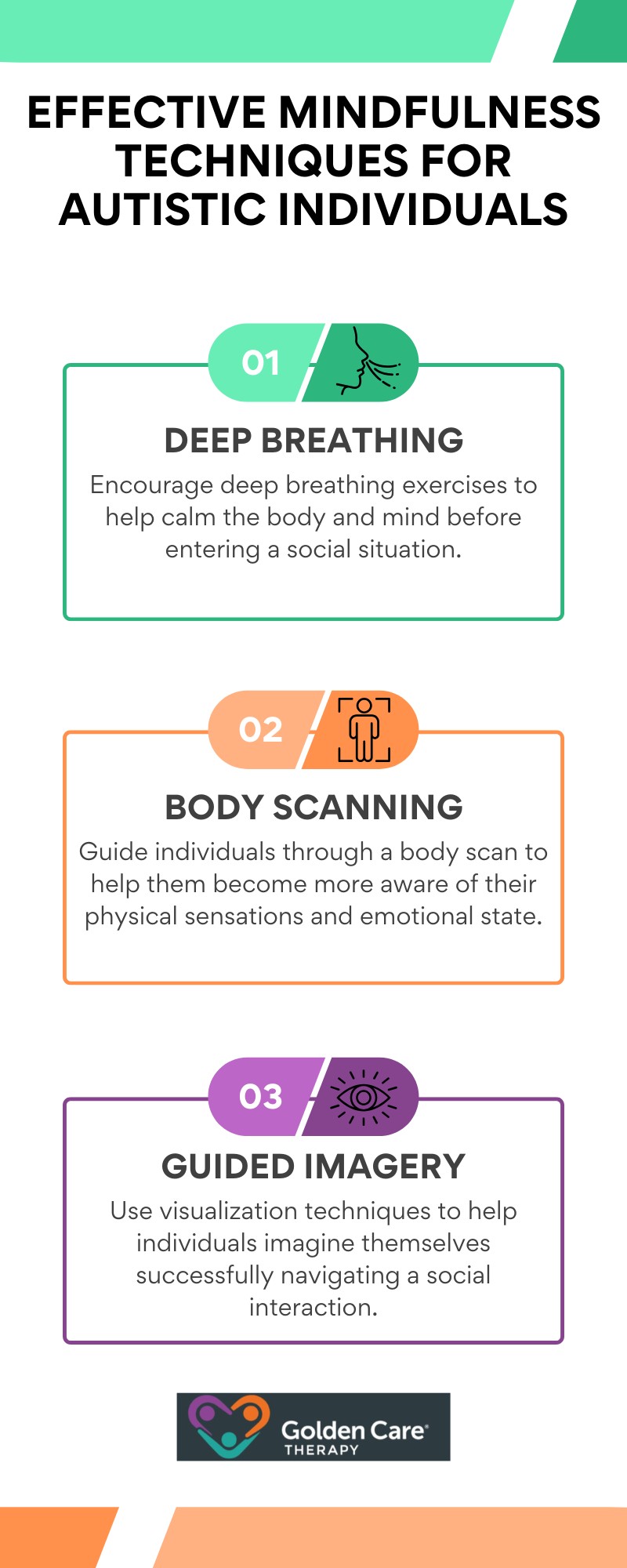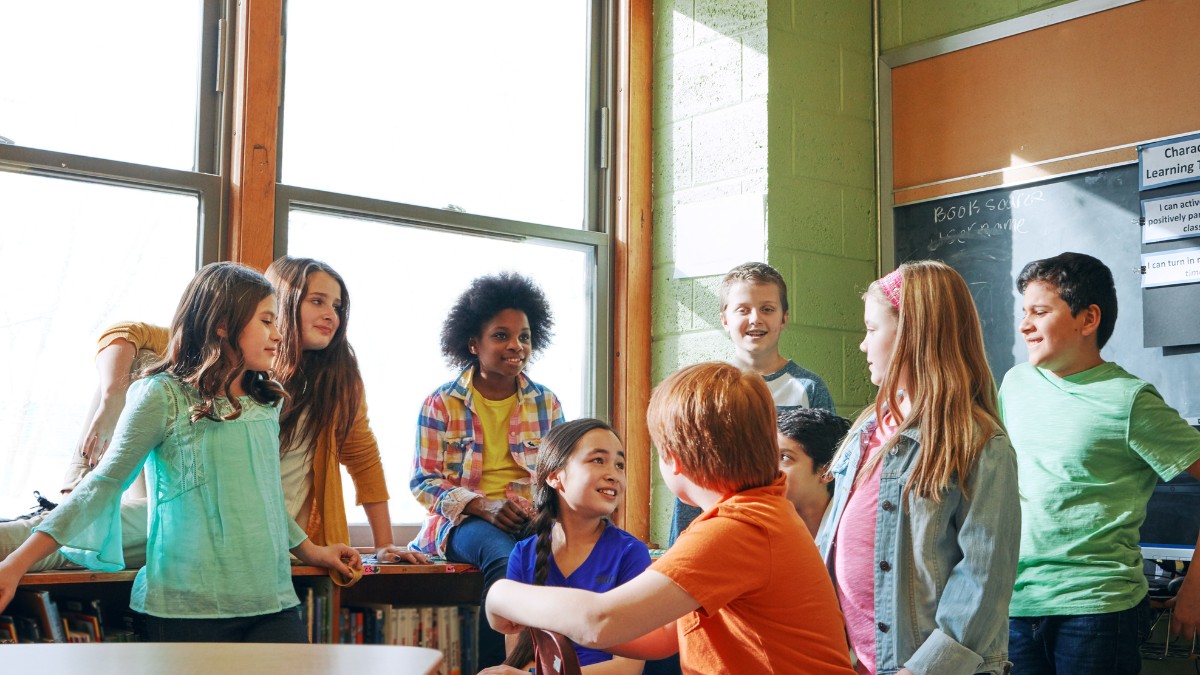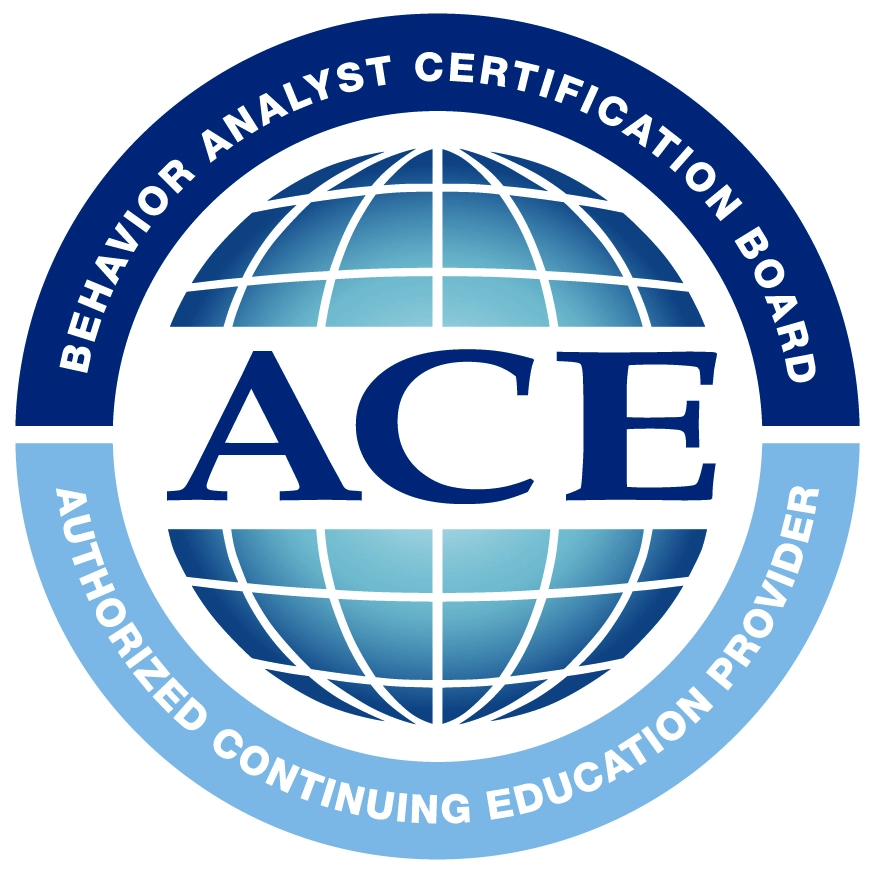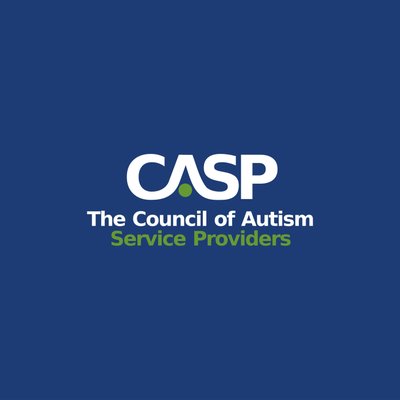For individuals on the autism spectrum, developing social skills can present unique challenges. Social interaction, understanding nonverbal cues, and managing emotions in social settings can be overwhelming, especially when ASD symptoms make it difficult to navigate these situations.
However, through consistent practice and targeted activities, individuals with autism can enhance their communication skills and improve social interactions.
Without further ado, here are various social skills activities designed specifically for individuals with autism:
Role-Playing Scenarios
Role-playing is one of the most effective social skills activities for autism. This activity allows individuals to practice real-world scenarios in a safe and controlled environment. By acting out different roles, individuals with autism can learn appropriate responses to various social situations, such as greeting someone, making eye contact, or initiating a conversation.
Here are ways on how to implement it:
- Start with basic scenarios such as ordering food at a restaurant or introducing oneself to a new friend.
- Demonstrate the behavior or conversation first, showing how to respond in a social situation.
- Encourage the individual to repeat the scenario multiple times to reinforce learning.
Role-playing not only teaches social interaction skills but also allows individuals to become more comfortable with situations they may otherwise find challenging.
Social Stories
Social stories are visual and written tools used to explain specific social situations, rules, and behaviors. These stories are effective for individuals with autism because they break down complex social interactions into manageable steps. Social stories help individuals understand how to react, what to expect, and what is expected of them in various social situations.
To create social stories, you want to focus on one specific social situation at a time, such as going to a birthday party or participating in a group activity. Then, write the story in a way that is easy to understand, using clear and concise language.
After that, you want to include visual aids like pictures or drawings to reinforce the message. Lastly, review the story with the individual, discussing the behaviors and actions that will take place in the scenario.
Social stories help individuals with autism understand social expectations and reduce anxiety by providing a clear roadmap for how to navigate social situations.

Conversation Games
For many individuals with autism, starting or maintaining a conversation can be a daunting task. Conversation games can be a fun and engaging way to practice initiating and participating in conversations. These games focus on teaching essential communication skills, such as turn-taking, asking questions, and maintaining eye contact.
Through conversation games, individuals with autism can learn to engage in back-and-forth exchanges, helping them build confidence and develop stronger communication skills.
Group Play Activities
Group play activities are excellent for teaching social skills in a real-life context. These activities promote cooperation, teamwork, and interaction with others. Group play is especially beneficial because it mimics natural social settings and provides opportunities for individuals to practice skills such as sharing, waiting their turn, and resolving conflicts.
Here are some ideas for group play activities that are worth considering:
- Board Games: Games like Monopoly, Connect Four, or Jenga encourage turn-taking and sharing.
- Team Sports: Simple team games like soccer or basketball foster cooperation and communication in a group setting.
- Collaborative Art Projects: Working together on a shared creative project helps individuals develop teamwork skills and learn how to share ideas.
Group play encourages individuals to build relationships and practice navigating the social dynamics of a group.
Emotion Recognition Activities
Understanding and expressing emotions is an essential aspect of social skills. Emotion recognition activities help individuals with autism recognize and interpret facial expressions, body language, and tone of voice.
These activities can improve their ability to identify emotions in themselves and others, leading to more empathetic and effective interactions.
To implement emotion recognition, you can use cards with pictures of different facial expressions to teach individuals to identify emotions. Alternatively, you can also show videos with characters displaying different emotions and ask the individual to identify the emotion being expressed.
These activities enhance empathy and improve the ability to connect with others on an emotional level.
Structured Peer Interactions
Structured peer interactions involve arranging opportunities for individuals with autism to interact with their peers in a planned and guided setting. These interactions are designed to facilitate socialization and provide support as individuals practice communication, cooperation, and other social skills.
Structured peer interactions provide a supportive environment for practicing social skills in a real-world context.
Mindfulness and Relaxation Techniques
Mindfulness and relaxation techniques can help individuals with autism manage anxiety and stress, which often hinder social interaction. Teaching mindfulness helps individuals stay calm and focused during social interactions, improving their ability to engage with others.
Some mindfulness techniques to consider are:

Mindfulness practices can help individuals with autism manage emotions, reduce anxiety, and improve their overall social experiences.
Social Media and Technology-Based Tools
In today’s digital age, technology can be a powerful tool for teaching social skills. Several apps and online programs are designed to help individuals with autism improve communication, learn social rules, and practice interactive scenarios.
Programs like “Social Adventures” and “Model Me Kids” offer interactive lessons on social situations and communication. Also, watching videos of social interactions can help individuals with autism understand how to behave in different scenarios.
Then there are virtual reality (VR) simulations which provide an immersive experience for practicing social skills in a controlled environment.
Technology-based tools provide an engaging way to practice social skills while offering the flexibility to learn at one’s own pace.
Conclusion
Social skills are crucial for individuals with autism to navigate the world around them. By using structured and fun activities such as role-playing, social stories, conversation games, and group play, individuals can develop the social competence needed for meaningful relationships and interactions.
These activities, combined with the support of ABA therapy and other interventions, can significantly improve social communication abilities. At Golden Care Therapy, we take pride in providing top-notch ABA services in Indiana, New Jersey, New York, Georgia, and Florida.
Our team is committed to delivering personalized, compassionate care that empowers individuals to thrive. Contact us today to learn how we can support your family’s journey!



